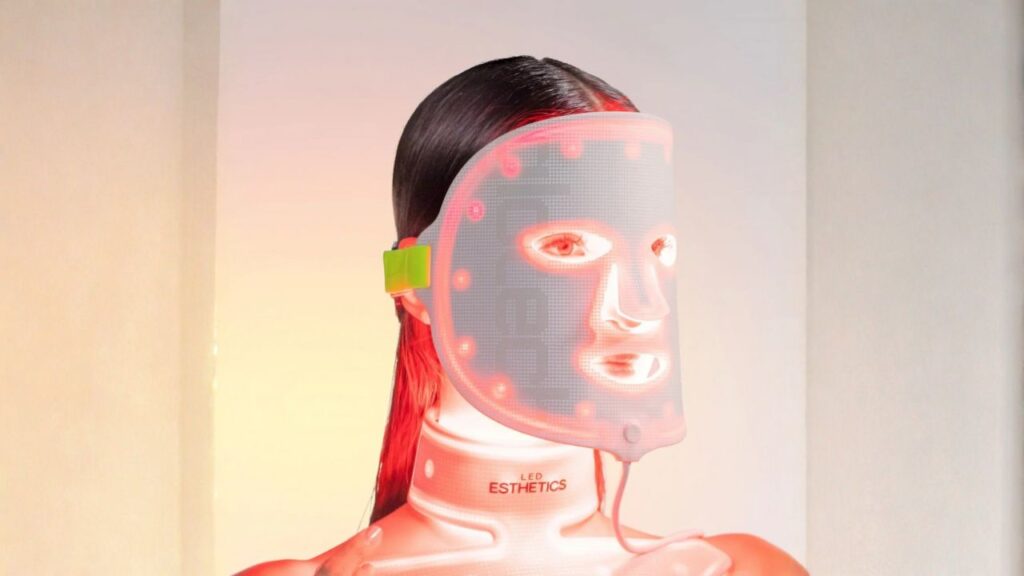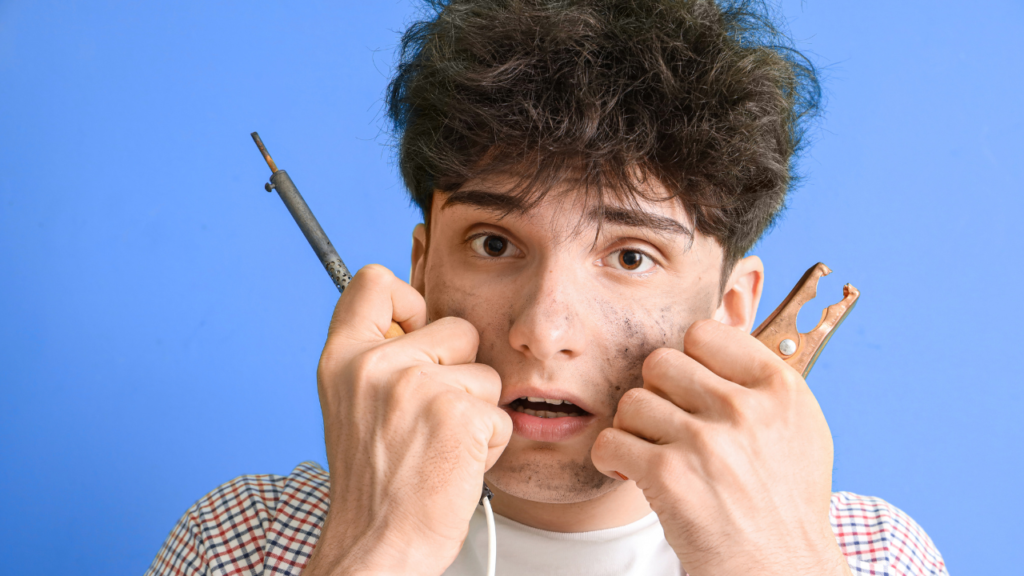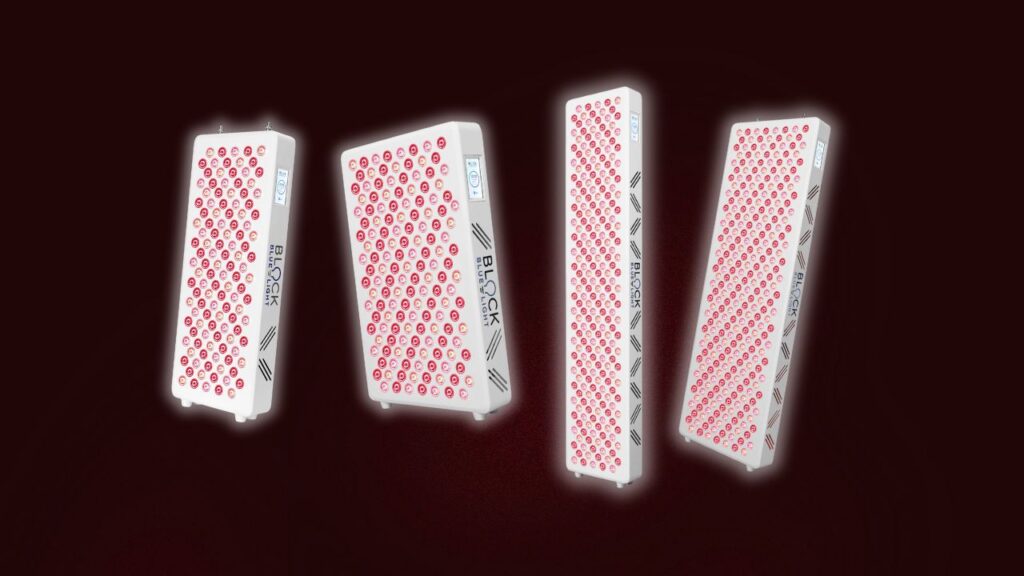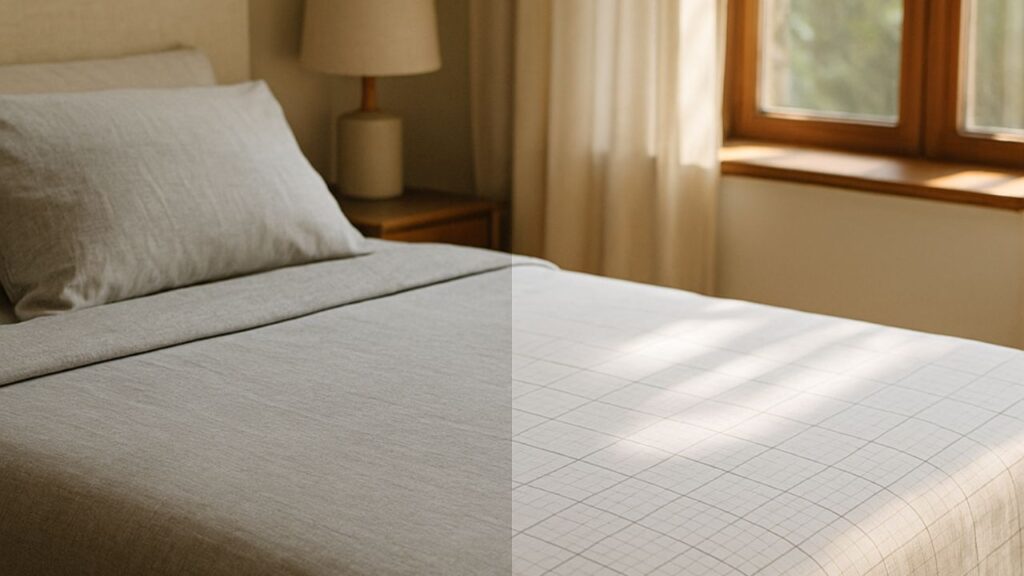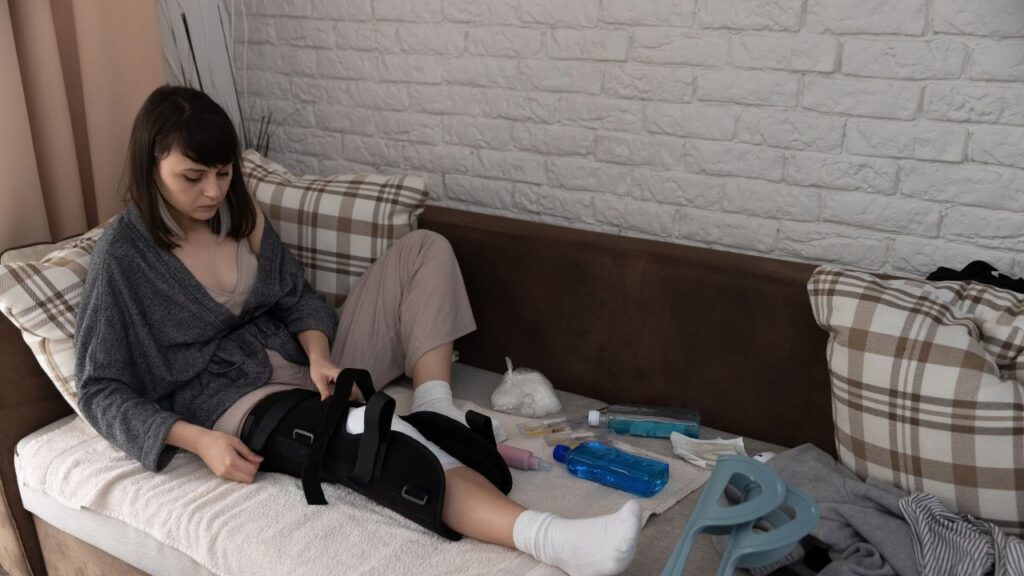Top 5 Mistakes When Taking an Ice Bath or Cold Plunge – How To Avoid
We include links to products we think are useful for our readers. If you click and buy a product through one of the affiliate links on this page, we may earn a small commission.
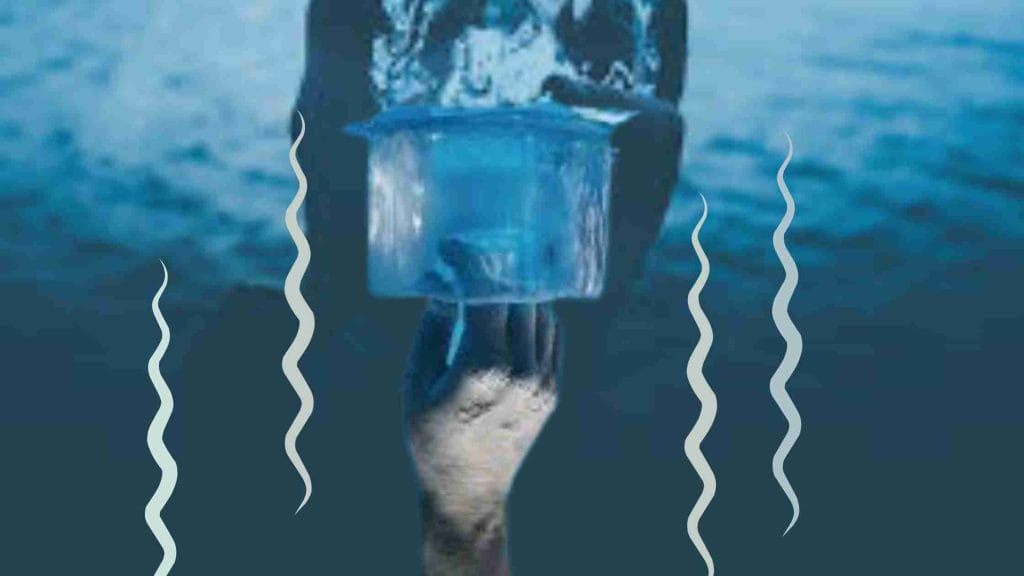
The practice of ice baths or cold plunge is so popular now, even dudewithsign on Instagram made a meme about people sharing their daily cold dip with everyone. Taking a regular ice bath is somewhat of movement, as the word has travelled about just how beneficial this practice of deliberate suffering through extreme temperatures is.
The likes of Wim Hof, Andrew Huberman, Rhonda Patrick, Susanna Soeberg have driven the movement, getting deep into the nitty gritty about what exactly cold water does the body on a cellular level and how this translates to sometimes vast and rapid improvements in things areas like mental health, weight loss and metabolic health, brain health, physical recovery, pain and sleep.
While the Nordics have a pretty solid claim on a long history of this practice of going out into the cold, the rise of purpose built ice bath tubs have allowed even those far away from an icy climate like Australia, to be able to adopt a daily ice bath into their wellness routine.
The 5 Most Common Mistakes When Taking an Ice Bath
Although its great that the masses find cold plunging too good not to shout about, there are a few key mistakes we often see people making when taking an ice bath or cold plunge, and chances are you are doing at least one of them.
Ice Bath Mistake #1: Holding Your Breath
Breathing is one of the key elements of cold exposure and getting the most out of an ice bath lies in the use of sound breathing techniques.
The very nature of taking an ice bath is shocking to the body and mind, and a novice will instantly express this shock through either holding the breath or taking shallow, hyperventilation style breaths.

Andrew Huberman’s Supplement List Is Dense, But Will Make You Superhuman
You will notice that the biggest talking point from any cold therapy practitioner is focussing on controlling the breath. Holding the breath causes the body to remain tense and linger in the fight or flight mode that we are aiming to overcome during cold exposure and relax into the cold. By making the mistake of not making a conscious effort to allow the breath to flow in and out, in some type of controlled rhythm, whatever it may be, you are not allowing oxygen rich blood to flow to the body and brain and not practicing the ability to overcome this stressful situation in a controlled environment – one of the main mental goals.
Instead of holding the breath or taking sharp, shallow and hyperventilated breaths, start by setting in motion a slow and controlled breathing pattern for a few minutes prior to entering the cold, so you have a foundation to flow into as you submerge the body in the cold. An extremely popular breathing method to practice prior to cold exposure is the Wim Hof Method which is rooted in science, although you can also go simple and aim for a slow and controlled 6:6 – 6 second inhale, 6 second exhale.
Sticking to some type of conscious, controlled breathing pattern is key to avoiding this common ice bathing mistake. Just don’t hold your breath!
Want Our Ice Bath Buyers Guide of 2024?
Enter your email for our FREE guide to choosing the best ice bath for your cold plunge practice
We respect your privacy.
Ice Bath Mistake #2: Starting Too Cold
With a vast social media presence of people practicing cold plunge, from athletes to celebrities, it is easy for people to make the mistake of comparing to other people’s cold plunge temperature.
Of course, when people share their cold plunge on social media channels like Instagram and TikTok, one of the key metrics that people like to project is how cold the water is.
For a newbie, setting the expectation that you need to start at very low temperatures is one of the big mistakes of people taking up a cold therapy ritual. Not only is starting super cold not necessary, it is dangerous for people not familiar with their cold threshold.
So how cold? The key here is to find and realise your starting threshold, and take it slow. As I did, starting with a 30 second cold shower finish is great! Whatever method of cold water exposure your are using – cold showers, ice baths, cold plunge or cold water swimming – the aim is to illicit some degree of shock to the body, enough to make it relatively uncomfortable to stay in the water and need to focus on the breath to maintain composure.
In short, if you’re new to cold exposure, don’t aim to start at 3 degrees C or 37F. We recommend starting yourself off in a regular cold shower, or ice bath of 12-15 degrees C or 53-59 degrees F then progressively overload once you feel more comfortable with your ability.
Ice Bath Mistake #3: Staying in Too Long
We are competitive beings, and that is great a lot of the time. This is where the ego definitely doesn’t serve you. Trying to compete with someone else to stay in the longest or set a personal best for cold plunge time can be counterproductive and harmful.
Read Also: How Long and How Cold Should An Ice Bath Be?
Like with most things that are good, there is still a point of diminishing returns. Ice baths are no different. The idea of cold exposure is to create a stressor, but not too much! This hermetic stress that causes the body and mind to adapt, needs to be delivered in a sweet spot.
Going overboard on time or temperature with your cold plunge practice will ultimately lead to some type of cold injury like hypothermia, doing more harm than good.
So how long? Stick to the science, which tells us that we can achieve all the benefits we need with a 3-4 sessions lasting 2-3 minutes a couple of times per week, with the minimum effective does being 11 minutes, according to scientist Susanna Soeberg.
Of course, if you are a cold therapy veteran and well conditioned to the cold, it may actually be necessary for your adapted body to stay in a little longer, but alternate methods of boosting the affects of your dip are to avoid drying off or taking a hot shower straight away and allowing the body to reheat itself naturally, eliciting a stronger metabolic adaptation.
Ice Bath Mistake #4: One Hit Wonder
The reality is, cold therapy is not for everyone. But, if you are actually aiming to attain some benefits from cold plunge, you will need some consistency.
There’s no doubt submerging the body in freezing water up the neck is hard AF and can feel like a questionable practice at times, but sticking to a habituated cold water immersion practice is when the peak benefits can be achieved.
We see people all the time taking shortcuts, by simply filling a salad bowl full of water and sticking their face in it. Sure, you might get some of the benefits of vagus nerve stimulation and reduced inflammation and improved skin tone in the face, but this is not the real deal.
The results of ice bath benefits compound with consistency, and many people find accountability by starting with something like a 30-day ice bath challenge or something similar.
Creating a cold plunge routine, like Joe Rogan, who professes to “doing it every fucking morning”, provides the foundation to starting a habit to get optimal results and stick with it.
Ice Bath Mistake #5: Heating Up Too Soon
Its uncomfortable to shiver, but the reality is that many of the benefits of cold plunge arise from this very physiological response.
The presence of succinate, caused by the shivering associated with the cold, is what acts on the brown fat cells to increase brown fat thermogenesis and promote fat burning overall. Shivering and non-shivering thermogenesis are the two ways the body generates heat, and by going into the cold, both of these responses cause a cascade of metabolic benefits. Research indicates that, “activation of thermogenesis in brown and beige adipose tissues increases energy expenditure and can combat metabolic disease”.
The mistake we see often, is people jumping straight into a hot shower after their time is up in the cold water, which blunts the potential positive effect of prolonged activation of brown fat.
Touted as ‘Soeberg effect’, to get the most out of this short lived practice, and maximise the benefits of your deliberate suffering, you should make every effort to bask in those post cold plunge shivers (to a safe degree of course), and try to avoid rapid reheating with hot showers, spa, drying off or putting on warm clothes.
Letting the cold effects linger is the sure way to be feasting on the effects of cold shock proteins, brown fat stimulation, dopamine release and promoting fat loss.
Frequently Asked Questions
Key mistakes include holding your breath, starting with excessively cold temperatures, staying in too long, inconsistency in practice, and reheating the body too quickly after the plunge.
Controlled breathing helps manage the initial shock by regulating the body’s response to sudden cold, thereby reducing the stress and panic that can accompany such situations. By maintaining steady and deliberate breaths, individuals can lower their heart rate and decrease the likelihood of hyperventilation. This technique also helps in reducing tension in the muscles, promoting a sense of calmness and enhancing mental focus during cold exposure challenges. Overall, mastering controlled breathing enhances the body’s ability to adapt to cold environments more effectively, making the experience more manageable and potentially safer.
Beginners should start with milder temperatures, like regular cold showers or water that is slightly chilled, to acclimate their bodies gradually to the sensation of cold exposure. This gradual approach allows individuals to build confidence and familiarity with the experience without overwhelming their systems. It also provides an opportunity to practice controlled breathing and other techniques for managing the initial shock of cold exposure in a more controlled environment. As they become more comfortable and confident, individuals can progressively lower the temperature or increase the duration of exposure to colder conditions, continuing to challenge and strengthen their resilience to cold stress over time.
Optimal duration for cold exposure sessions is typically around 2-3 minutes, as this timeframe strikes a balance between reaping the benefits of cold exposure and ensuring safety and comfort. It’s recommended to start with shorter durations, such as 1-2 minutes, especially for beginners, and gradually increase exposure time as tolerance and experience grow. The minimum effective dose of cold exposure is generally considered to be about 11 minutes spread across multiple sessions per week. However, individual tolerance levels and goals should always be taken into account when determining the frequency and duration of cold exposure sessions. Regular practice allows the body to adapt and derive maximum benefits from cold exposure, such as improved circulation, increased energy levels, and enhanced mental clarity.
Regular practice enhances the benefits, which compound over time, leading to better adaptation and more significant health improvements.
Over time, these adaptations lead to more significant health improvements, including enhanced resilience to stress, improved mood regulation, and heightened mental clarity. Additionally, regular cold exposure can support athletic recovery, as it aids in reducing inflammation and muscle soreness post-exercise.
The compounding effect of these benefits underscores the importance of integrating cold exposure into a consistent wellness routine. By doing so, individuals can optimize their overall health and well-being through this natural and accessible practice.
Delaying rapid reheating (like avoiding hot showers right after) can maximize the benefits of cold exposure, such as stimulating brown fat thermogenesis.
Moreover, delaying reheating supports the maintenance of improved circulation and heightened mental alertness that often accompanies cold exposure. This approach fosters a gradual return to normal body temperature, minimizing abrupt shifts that could otherwise negate some of the benefits gained from the cold exposure session.
Incorporating this practice into a cold exposure routine can optimize its effectiveness, allowing individuals to harness the full potential of this natural and beneficial physiological response.
Benefits include reduced inflammation, improved circulation, enhanced mental clarity, accelerated physical recovery, and stress relief.
Enhanced mental clarity is often reported after cold exposure, attributed to increased alertness and the release of neurotransmitters such as dopamine and serotonin. This mental boost can improve focus and concentration, making it beneficial for cognitive performance.
Cold exposure also accelerates physical recovery by reducing muscle soreness and inflammation after exercise. This effect is particularly valuable for athletes and individuals recovering from injuries, as it supports faster healing and less downtime between training sessions.
Finally, cold exposure is recognized for its stress-relieving effects, as the controlled stress of exposure to cold triggers the body’s adaptive response mechanisms, ultimately enhancing resilience to various stressors over time.
Incorporating cold exposure into a balanced wellness regimen can thus yield a comprehensive array of benefits that contribute to overall health, performance, and quality of life.
Conclusion
There is much to be gained from a regular cold plunge practice, but it is important to know your limits and practice safely.
It is truly amazing to see how many people around the world are engaging in, and sharing their daily ice baths. If you are new to cold plunge or considering it for the first time, we hope this article helps you avoid some common mistakes people make when taking ice baths.
Always do your research and consult a medical health professional to ensure the cold plunge is going to be safe for you. If you get the green light, start with a cold shower, find your groove, don’t forget to breathe, and stay consistent.


